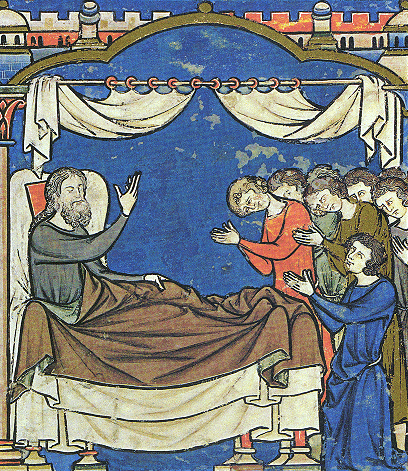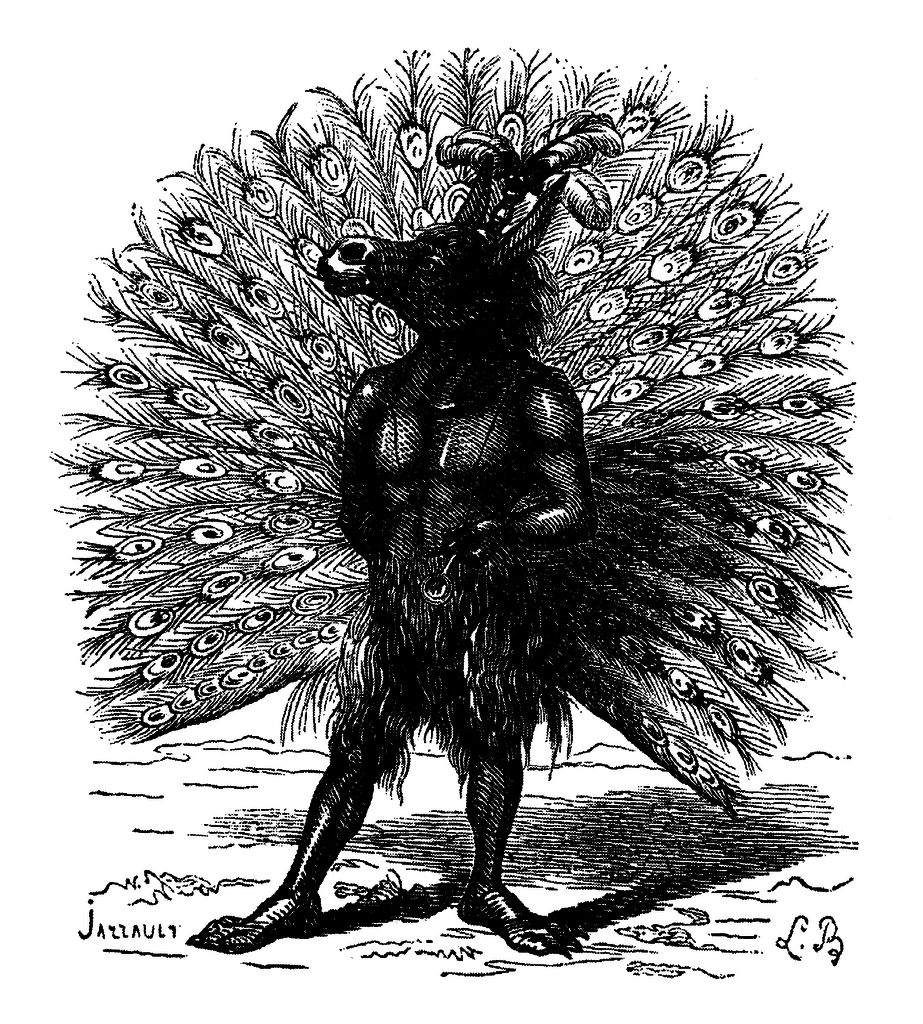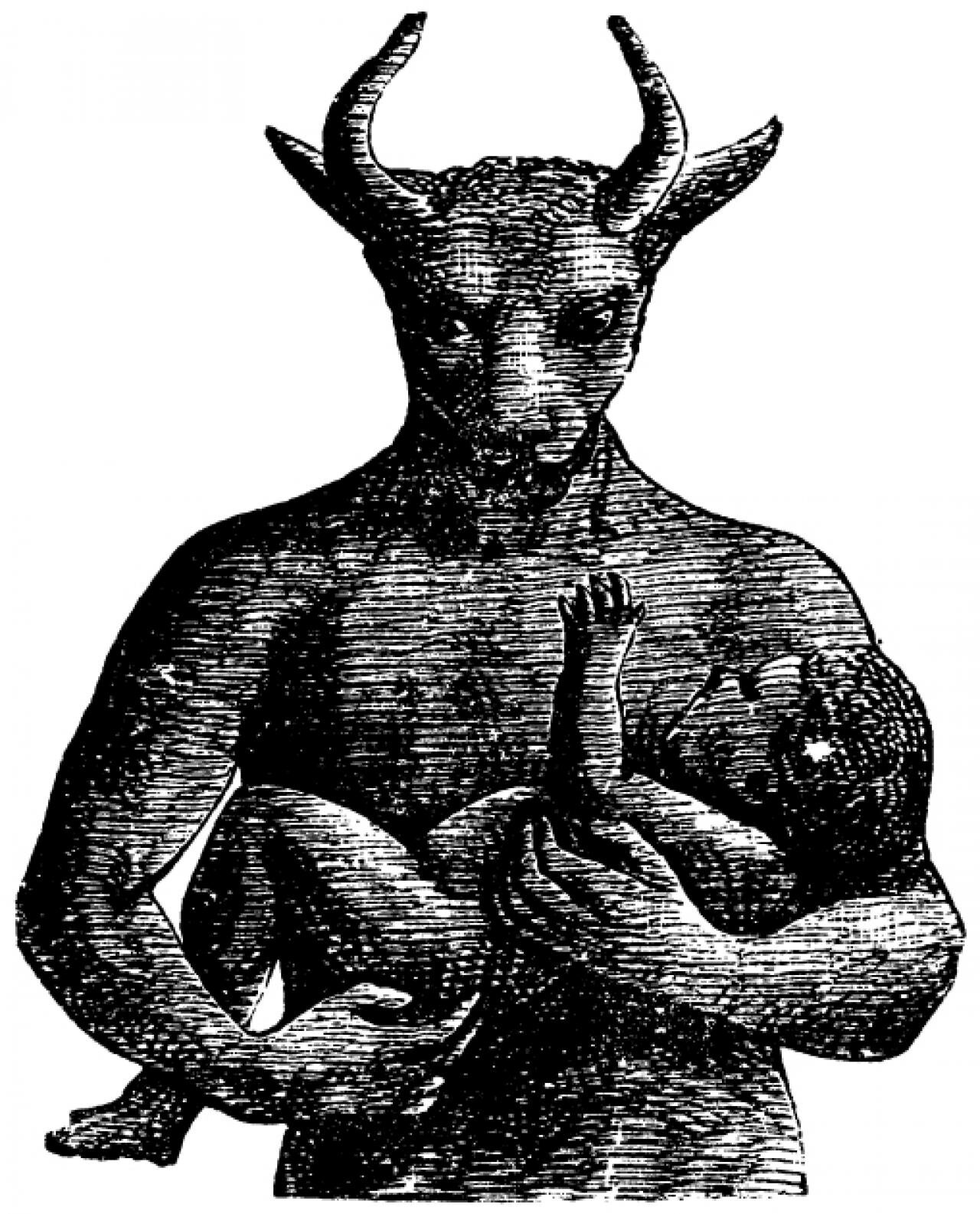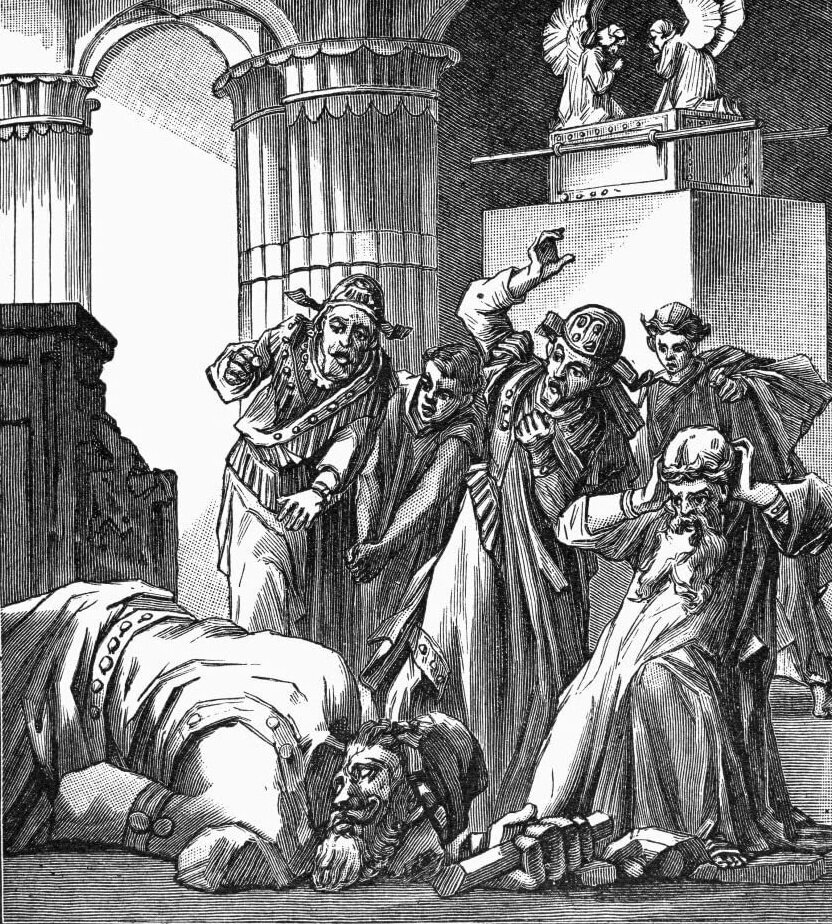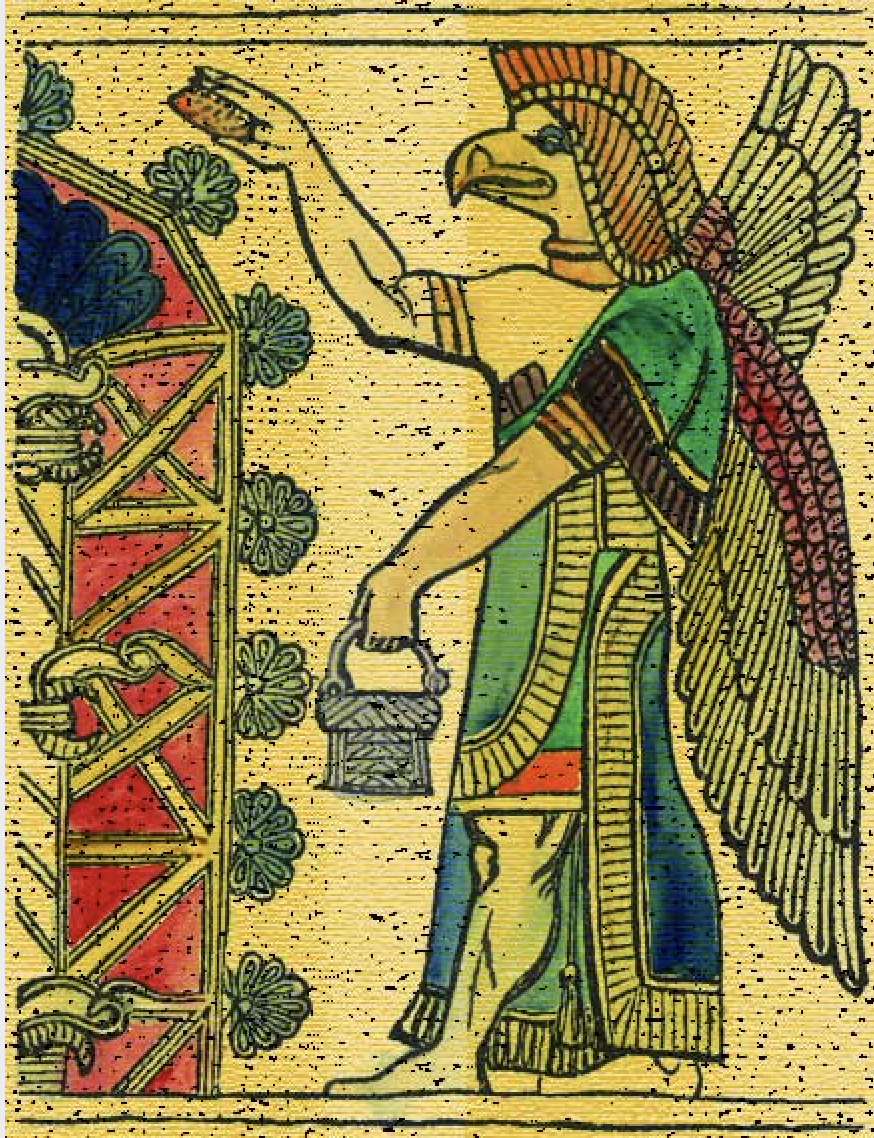The original views of Christ differ significantly from current beliefs. No virgin birth, no divine status during his lifetime — instead, Jesus was a mortal like the rest of us, until God decided to resurrect him and he became the Son of God.
The first Christians didn’t believe that Jesus had been born of a virgin or was already divine. He was a typical human until God resurrected him.
The Resurrection by James Tissot, circa 1890
How can we know what the earliest Christians believed when the first writings about him are from 20 years after his death?
Scholars turn to what’s called preliterary sources — that is, snippets of text, whether they’re hymns or creeds of faith, that have been inserted into later books of the Bible. You can tell they’re most likely earlier oral traditions that have been added because they not only use terminology found nowhere else in the works, but they also often present different theological views.
For instance, in Romans 1:3-4, Paul describes Jesus as he “who was descended from the seed of David according to the flesh, who was appointed Son of God in power according to the Spirit of holiness by his resurrection from the dead.”
The first part expresses a long-held belief by Jesus’ followers: that he was the promised messiah from the line of King David. This is a surprising inclusion for Paul, the earliest Christian author; nowhere else does he emphasize Jesus’ messiahship.
The second part of the Bible verse holds a key element of early Christian belief: Jesus became the Son of God at his resurrection. A similar snippet from Acts 13:32-33 posits the same view, even though that’s in stark contrast to what the author later writes (and is currently part of the Christian faith) — namely that Jesus was divine from the moment of his conception.
“There is no talk about Jesus being born of a virgin and certainly no talk of him being divine during his lifetime.”
Jesus was said to have been resurrected and, some time after, ascended into Heaven to be with God.
The Ascension by Benjamin West, 1801
What’s most striking is that “there is no talk about Jesus being born of a virgin and certainly no talk of him being divine during his lifetime,” writes Bart D. Ehrman in How Jesus Became God: The Exaltation of a Jewish Preacher From Galilee, published in 2014. “He is a human figure, possibly a messiah. But then at a critical point of his existence, he is elevated from his previous lowly existence down here with us, the other mere mortals, to sit at God’s right hand in a position of honor, power and authority.”
Ehrman emphasizes the importance of this act: “the man Jesus is showered with divine favors beyond anyone’s wildest dreams, honored by God to an unbelievable extent, elevated to a divine status on a level with God himself, sitting at his right hand.”
This belief helped give a positive spin to a man whose followers must have been disheartened that their messiah didn’t destroy their oppressors but was instead tortured and executed by them. It certainly wasn’t what any of them was expecting of their hero.
But Jesus’ “resurrection confirmed for them that even though he had not conquered his political enemies — the way the messiah was supposed to — God had showered his special favor on him by raising him from the dead,” Ehrman writes.
Early Christians thought that Jesus was indeed their messiah despite having been crucified. God resurrected him and made him his adopted son and heir — with all the power and glory that involved.
The Resurrection of Christ by Rafael, 1502
Adopted Sons
To the people of the time, there wasn’t any stigma attached to being an adopted son — in fact, quite the opposite. In Ancient Rome, the adopted son was the chosen heir. “He was made great because he had demonstrated the potential for greatness, not because of the accident of his birth,” Ehrman explains.
Take Julius Caesar. He had a son, Caesarion, with Cleopatra — but not too many people have heard of him. Instead, it’s his nephew and adopted son, Octavian, who has a major place in history: He went on to become Augustus, the first emperor of the Roman Empire.
So when the earliest Christians talked about Jesus being God’s adopted son, they were saying this: “He received all of God’s power and privileges. He could defy death. He could forgive sins. He could be the future judge of the earth. He could rule with divine authority,” Ehrman writes. “He was for all intents and purposes God.” –Wally









































